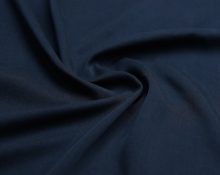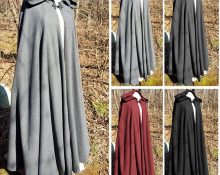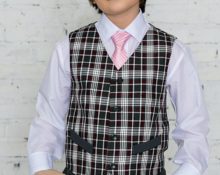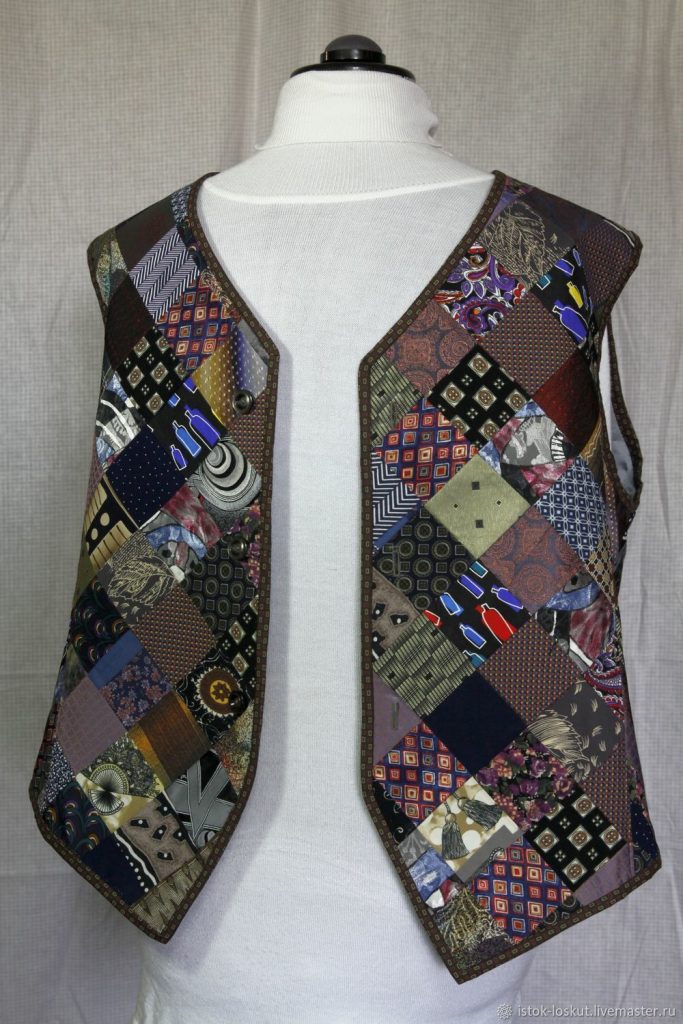
creativecommons.org
A patchwork style product always attracts attention to its owner. This wardrobe item is designed for brave people who are not afraid of experiments. In this article we will tell you how to choose and what to wear with a fashionable patchwork vest and what accessories you can combine it with. At the end of the article, the most successful patchwork style images of 2021 will be presented.
Where did patchwork design come from?
It is not known for certain where exactly the patchwork trend originated. Products made from different scraps of fabric can be found among different peoples of the world. It is logical that this method was invented by seamstresses from different continents independently of each other: everyone who worked with woven fabric understood that the remaining scraps or small pieces of fabric could also be used. The oldest patchwork is considered to be Egyptian work, dating back to 980 BC.Another similar artifact from approximately the same period, a suit made from scraps of fabric, is kept in a Tokyo museum. But, most likely, in those days, patchwork-style products were more of a forced necessity or had a sacred meaning, rather than a fashion trend.
For the first time, products in the patchwork style began to be made deliberately in Great Britain in the 16th century: the impetus for the popularization of patchwork was active trade with India, from where multi-colored cotton was brought. Blankets with appliqués of different textures have become fashionable. Later, the government restricted the import of calico to support domestic production - and overseas goods began to be smuggled into England. Such conditions contributed to the development of patchwork.
At the same time, in the United States, settlers, due to a shortage of fabrics, repaired quilts with scraps of other fabrics. Gradually, the creation of heterogeneous designs became a habit and persisted even in those moments when there was no shortage. From a symbol of poverty, patchwork turned into a unique form of art in which people competed. Over time, a tradition of sewing such blankets on winter evenings developed; each housewife tried to create a product with her own unique pattern. All family members participated in the work on the patchwork, or quilt. Works appeared in the style of crazy quilt, or crazy patchwork, which differed from classic patchwork (in which they still tried to maintain symmetry in order to balance the diversity of fabrics), the absolute randomness of the pattern in combination with expensive fabrics (brocade, silk, velvet) , embroidery and outlandish appliqués directly on the product.Patchwork reached Russia on such an industrial scale only in the 19th century, and later, at the beginning of the 20th century, patchwork was actively used by avant-garde artists.
Patchwork in clothes
Patchwork would have remained a technique for decorating blankets and carpets if Yves Saint Laurent had not created a collection decorated with patchwork in 1971. Later, the designer abandoned this complex method and rarely resorted to it, but the very idea of patchwork can be read in many of his works: the legendary Mondrian dress embodies the idea of a contrasting and asymmetrical pattern.
The display of products became a revival of the so-called folk romanticism. After this, the patchwork technique reached a new level: they began to sew patchwork fabric vests, dresses from scraps of silk, and even outerwear - fur coats and sheepskin coats.
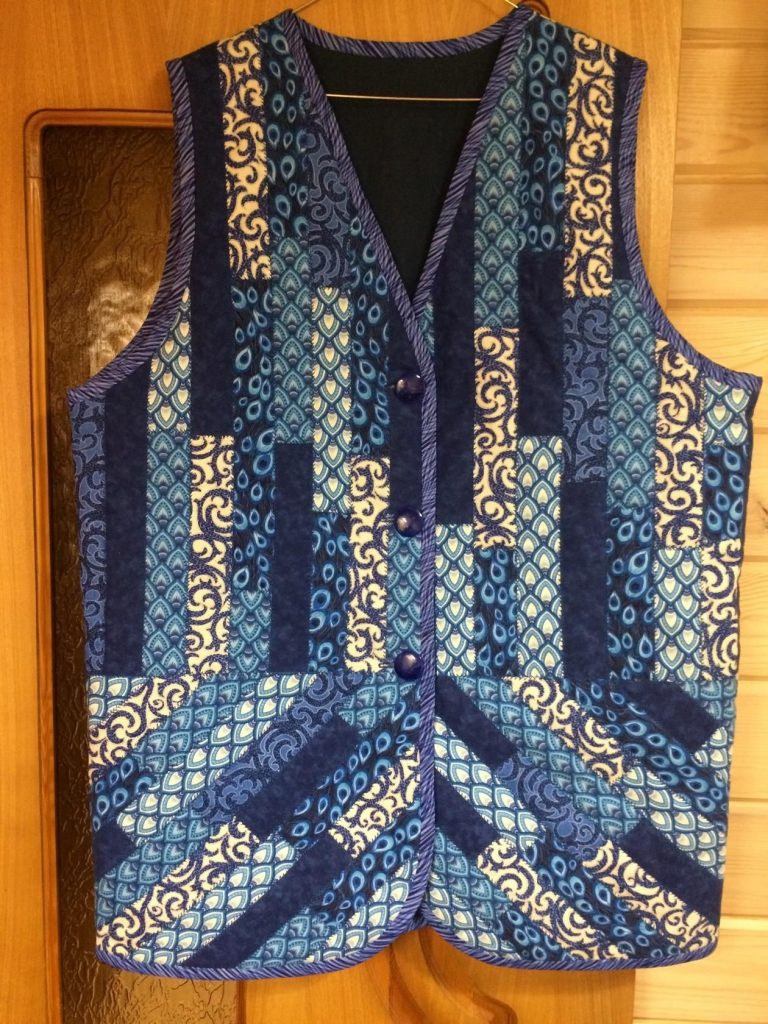
creativecommons.org
Patchwork today
Today, the work of craftswomen working in the patchwork technique is not as simple as it seems at first glance. For example, to sew a patchwork vest, dressmakers use a color wheel, this allows them to correctly select fabrics and their shades. It is important that the product does not look tacky and is not made carelessly. The whole beauty of patchwork is in its apparent simplicity and unpretentiousness. In fact, craftsmen devote a lot of time to creating such products: for example, for patchwork they use special scissors with pointed ends or special cutters; all careless (at first glance, drawings) are pretended to be with pins and thought out in advance.
Choosing patchwork for everyday wear
Even if it seems to you that folk romanticism is not for you, do not rush to abandon patchwork-style products. Patchwork can look surprisingly conservative and pair well with classic pieces in your wardrobe.A lot depends on the fabrics and their color. A vest made of patchwork fabric is a great idea for your first experiment in this style.
What to look for when choosing patchwork:
- If this product combines not colors from the opposite spectrum, but neighboring neutral shades, then it can be worn anywhere: pay attention to vests with patchwork from related colors: neighboring shades of brown, gray, white and dark blue are suitable for almost any look.
- You should not buy patchwork vests made of 100% cotton or viscose fabric: they can fade and become severely deformed during washing. In general, washing patchwork products is the most dangerous moment, since different fabrics can shrink differently, so you need to wash patchwork as rarely as possible, by hand or in a delicate cycle.
- The most comfortable fabrics for sewing a patchwork fabric vest (and other wardrobe items in this style) are linen, wool and silk.
What is better to wear with a patchwork fabric vest?
A fabric vest in a patchwork style is suitable for a walk, the office or a trip to see friends. Much depends on the color and texture of the fabric you choose: for example, silk is suitable for the office and informal meetings, while linen and wool will be universal options for every day. A win-win option is to wear a patchwork vest in a patchwork style. discreet shades to match a classic shirt and jeans. This will make your image unusual, but will not shock the audience and unnecessarily make you stand out from the crowd.


 0
0